The Manhattan Project
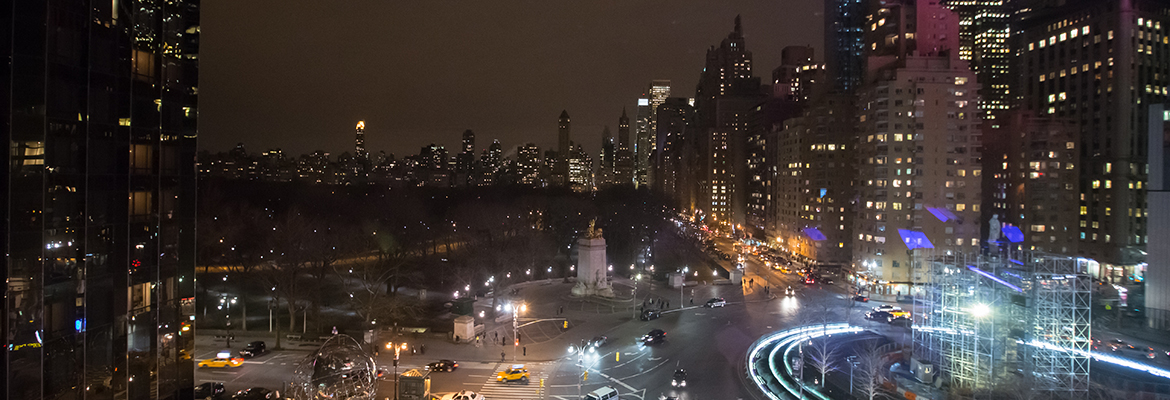
Oberlin Conservatory's Illumination Tour of New York City
Dizzy's Club | January 15, 2013
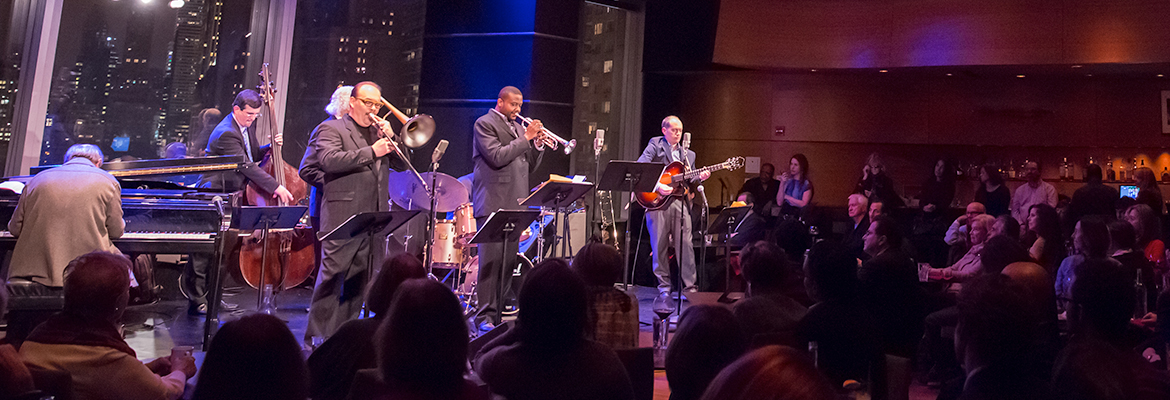
Oberlin Faculty Jazz Ensemble
A cool breeze emanated from the lounge of Jazz at Lincoln Center on opening night of Oberlin’s Illumination Tour. Amid the intimate confines of Dizzy’s Club coca-cola, the Oberlin Faculty Jazz Ensemble roared through a pair of sets, the Manhattan skyline grandly looming over their shoulders. Standards shared air space with original compositions by the conservatory’s vaunted faculty—a stellar cast that boasts Grammy nods and stages shared with jazz’s all-time great performers.
“It always feels like a holiday when we’re all together, because it doesn’t happen often,” says guitarist Bobby Ferrazza, an associate professor and director of Oberlin’s Jazz Studies department. “With so many people that are performing regularly all over the planet, it’s a rare event that everyone is able to be in the same zip code.”
Together, they struck a buoyant chord that set the tone for the Illumination magic that followed throughout the week in venues across Manhattan.
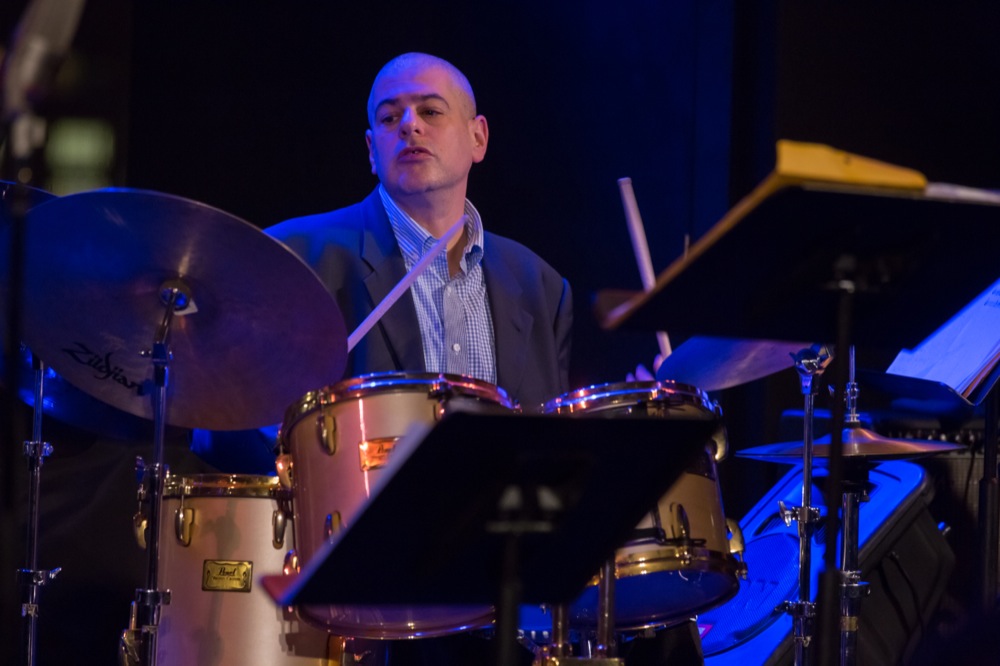 |
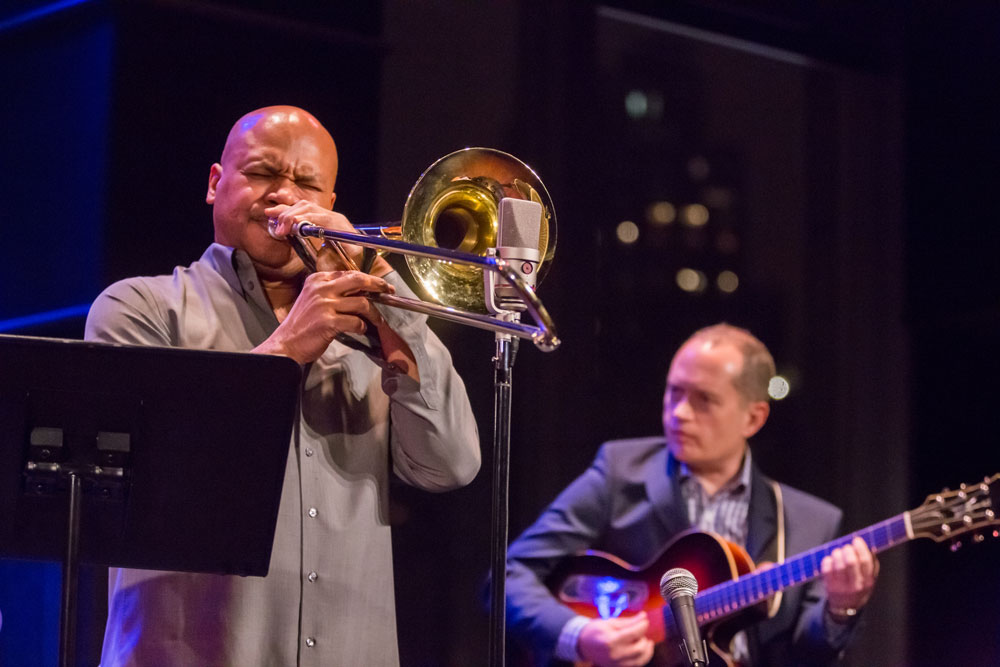 |
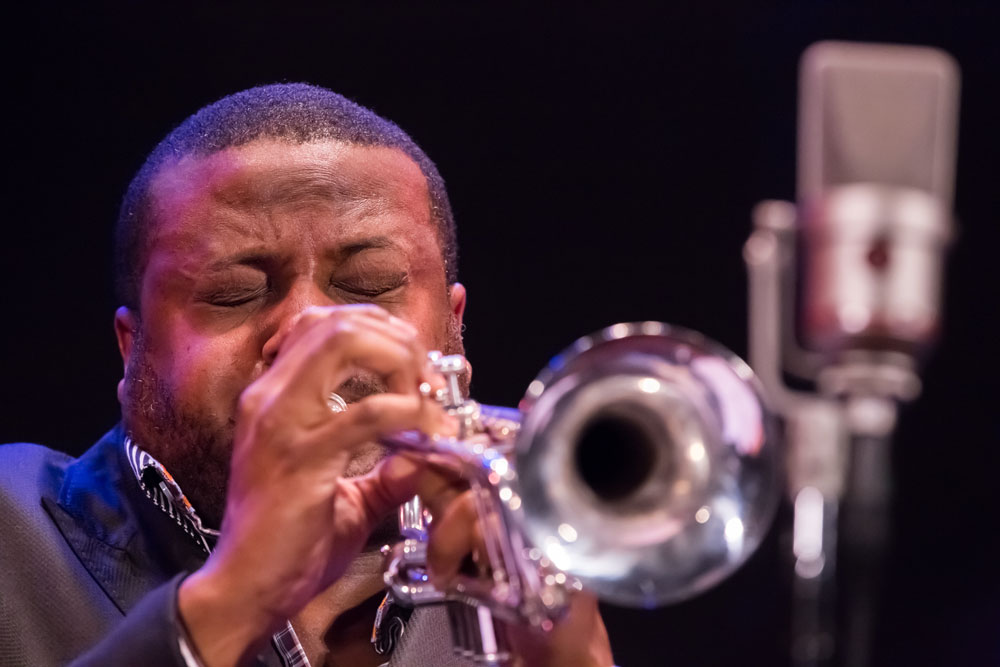 |
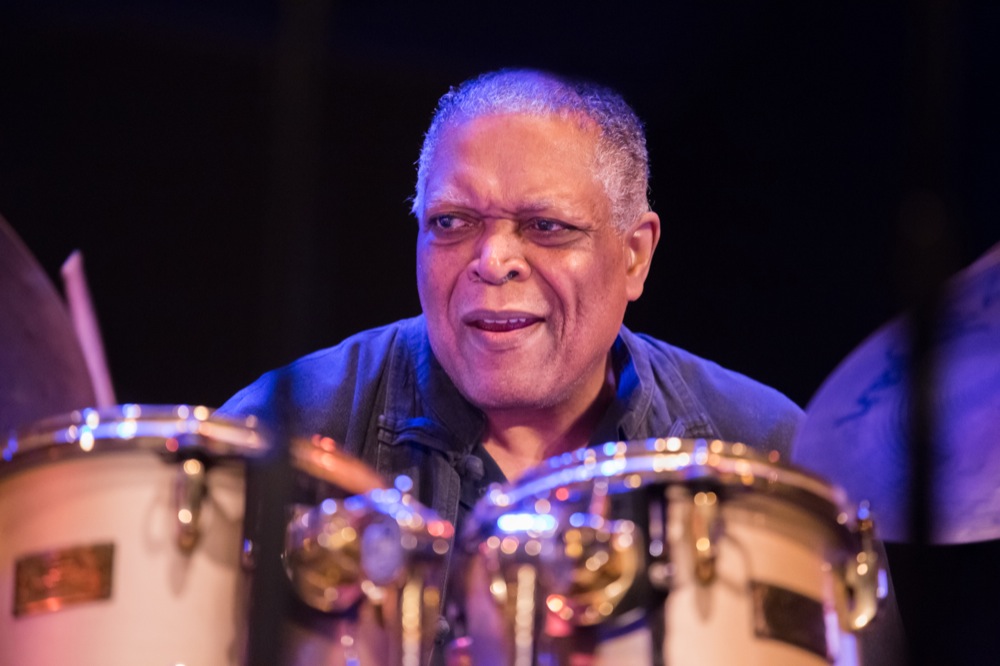 |
 |
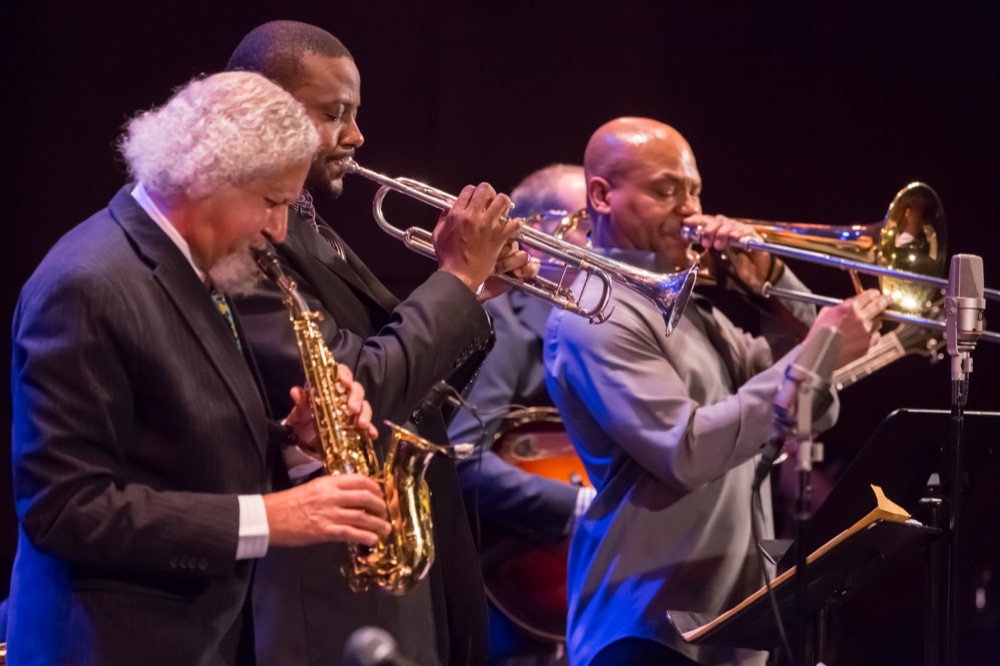 |
DiMenna Center | January 18, 2013
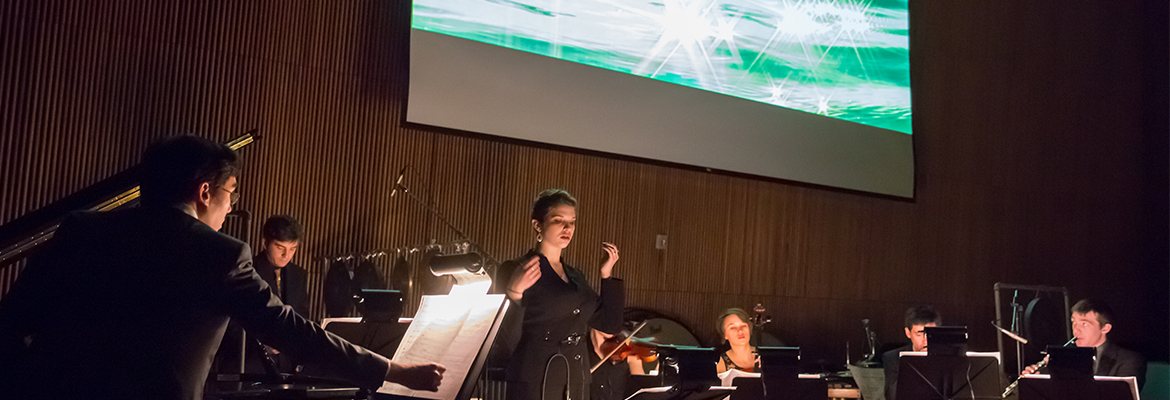
Oberlin Contemporary Music Ensemble with ICE
by Jeff Hagan '86
Claire Chase '01 stood firm on the stage as she began a heated alto flute conversation with Professor Alexa Still. The two seemed to be taking turns excitedly telling a story, sometimes appearing to tangle as if in slight disagreement over the details.
The 2010 composition, Altar of Two Serpents, by Mario Diaz de Leon ’04, was the apt, attention-grabbing opening piece of a sparkling night of sometimes bracing, entirely intriguing contemporary music that paired the International Contemporary Ensemble (ICE)—co-founded by chase in 2001 and conducted by Professor Timothy Weiss—and Oberlin’s Contemporary Music Ensemble (CME) on the stage of Mary Flagler Cary Hall at the DiMenna Center for Classical Music. The concert showcased the exuberant work of the two ensembles and a number of composers with connections to oberlin, along with the world premiere of The Tempest, a piece for flute, clarinet, and drums composed for Ice by John Zorn. Interest had built to a crescendo during the week leading up to the 8 p.m. Friday concert, and a second show, at 10 p.m., was added to satisfy the demand.
In Lament for Réjà Vu, by Tom Lopez ’88, an associate professor of computer music and digital arts at oberlin, the composer accompanied members of CME with video and real-time audio processing on his laptop computer. His intent was to express the opposite of déjà vu: rather than the feeling of something having happened before, “réjà vu” is the sense that something will happen again.
For alphabeta, Visiting assistant Professor of composition Eric Wubbels assigned notes to percussion instruments that he matched with piano chords in a piece, performed by Oberlin students and alumni, built on what he calls “extremely abstracted” metaphors of song, speech, and music. Corale, by Italian composer Luciano Berio, featured violinist David Bowlin ’00, a founding member of ICE and an assistant professor at Oberlin, performing with members of CME. In composing Compline, also presented by members of CME, Christopher Rouse ’71 was inspired by his tour of Rome; in the piece, as in rome, says Rouse, “the sound of bells is never far away.”
Though the title sweet air refers to the laughing gas a dentist gave to the son of Oberlin composer-in-residence David Lang, the piece was a birthday present to his onetime teacher, Louis Andriessen, whom Lang said always forbid crescendos in his students’ compositions. “You’ll notice,” said Lang when he introduced the piece, performed by members of the CME, “it has a crescendo.”
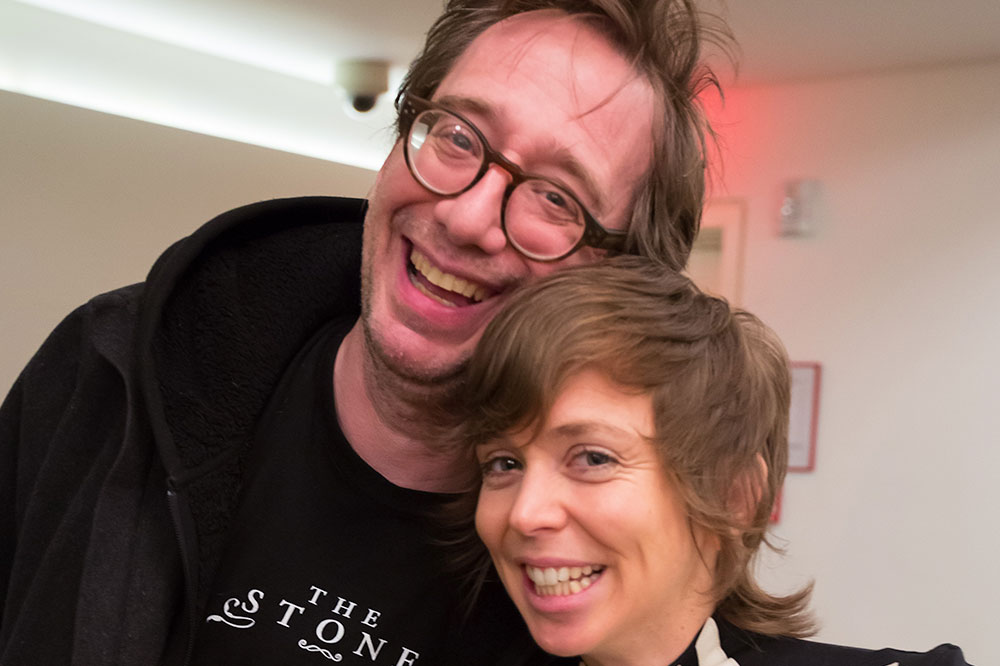
|
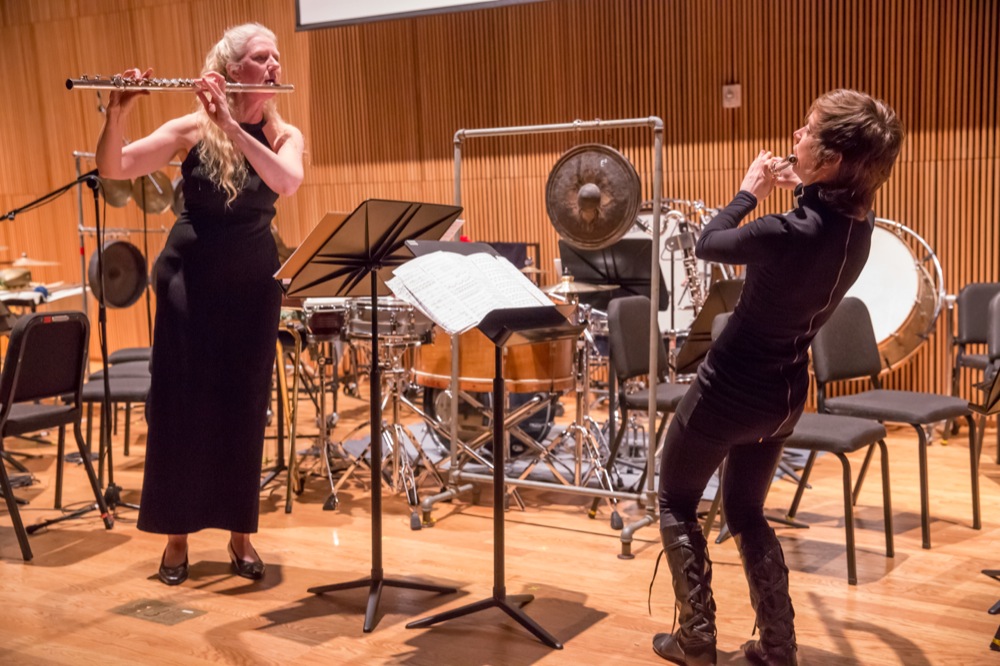 |
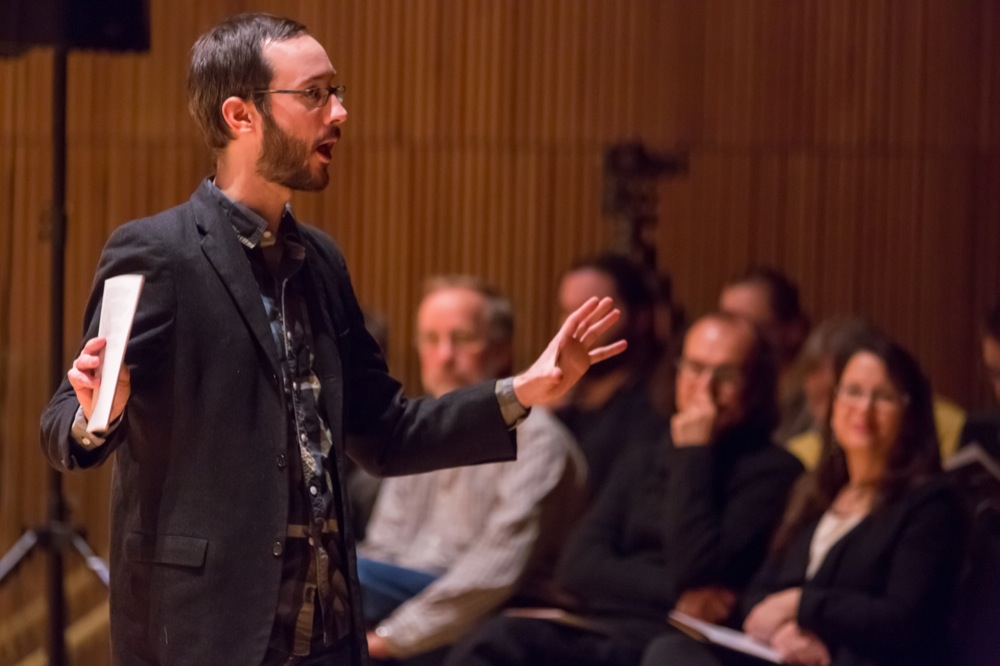 |
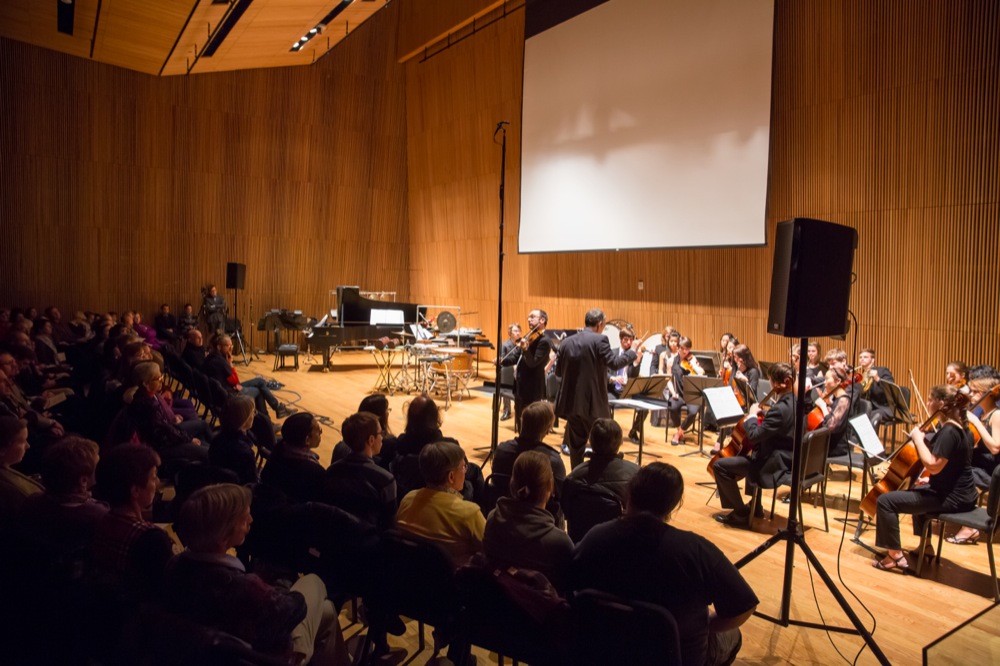 |
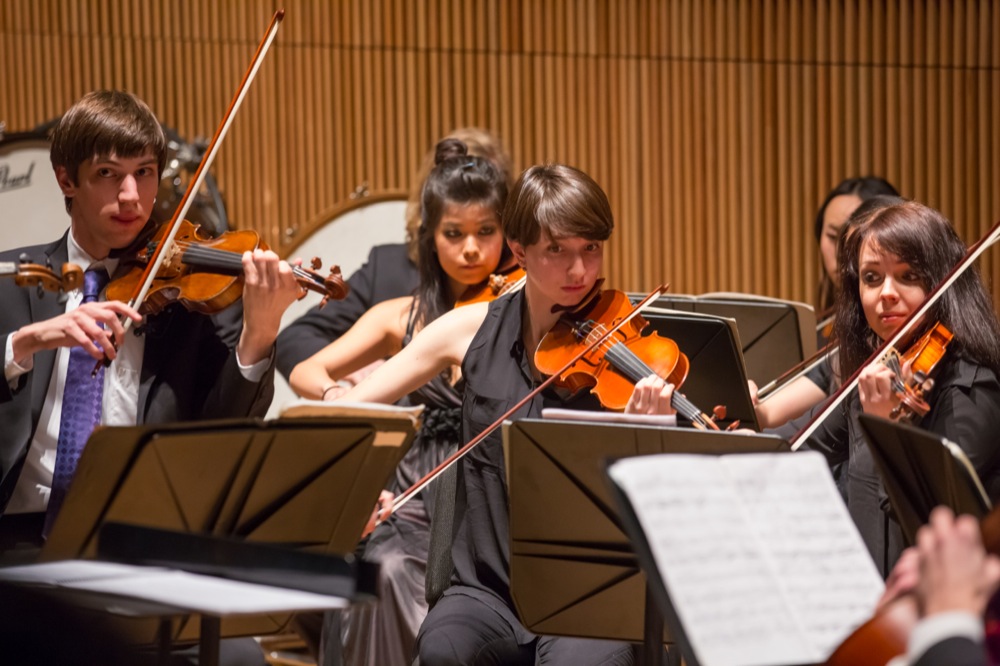 |
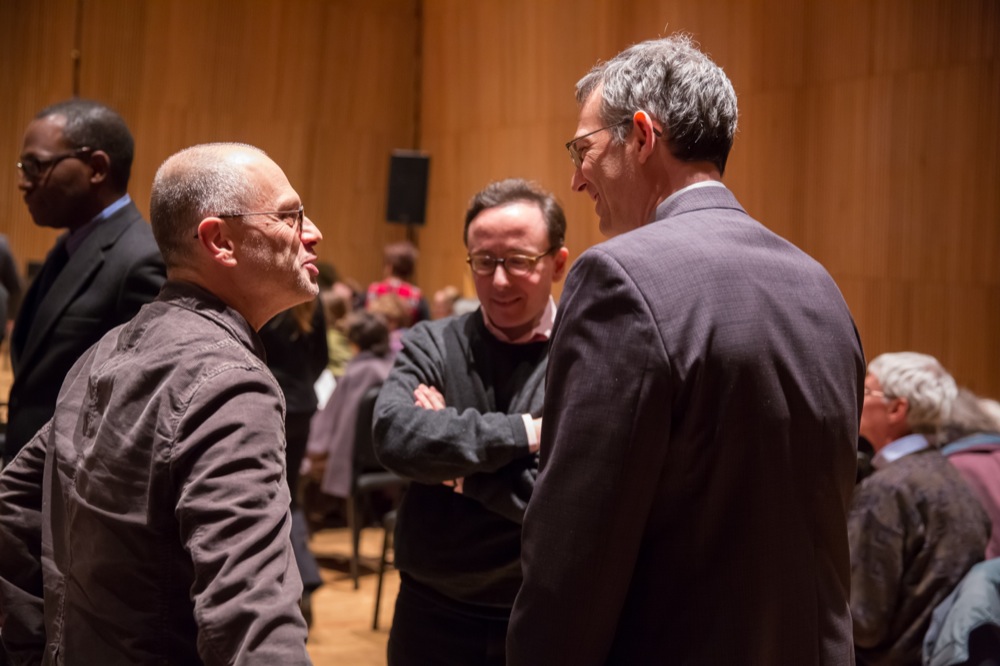 |
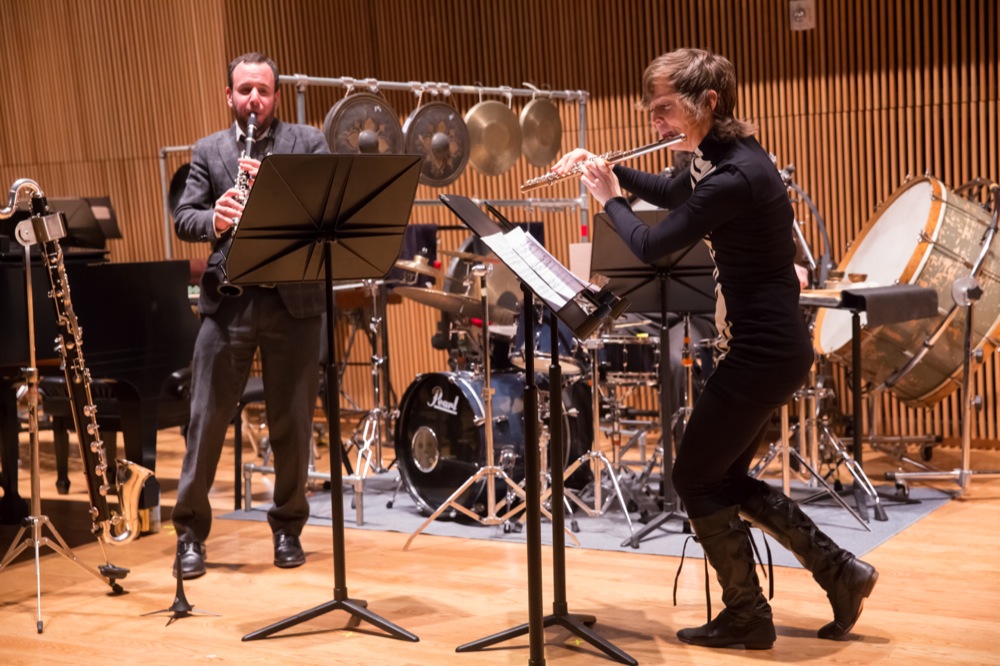 |
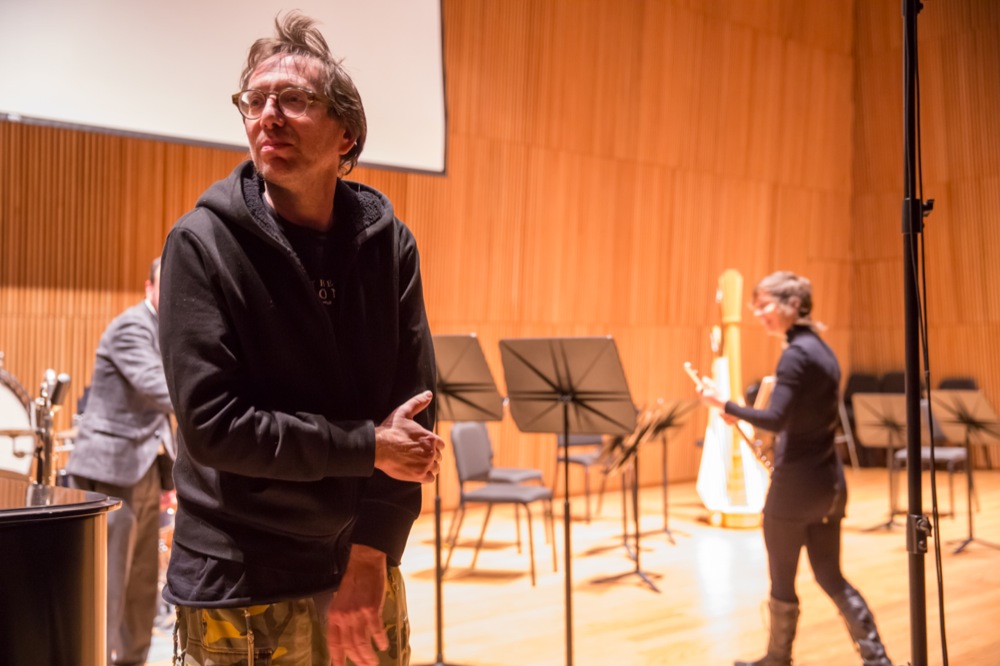 |
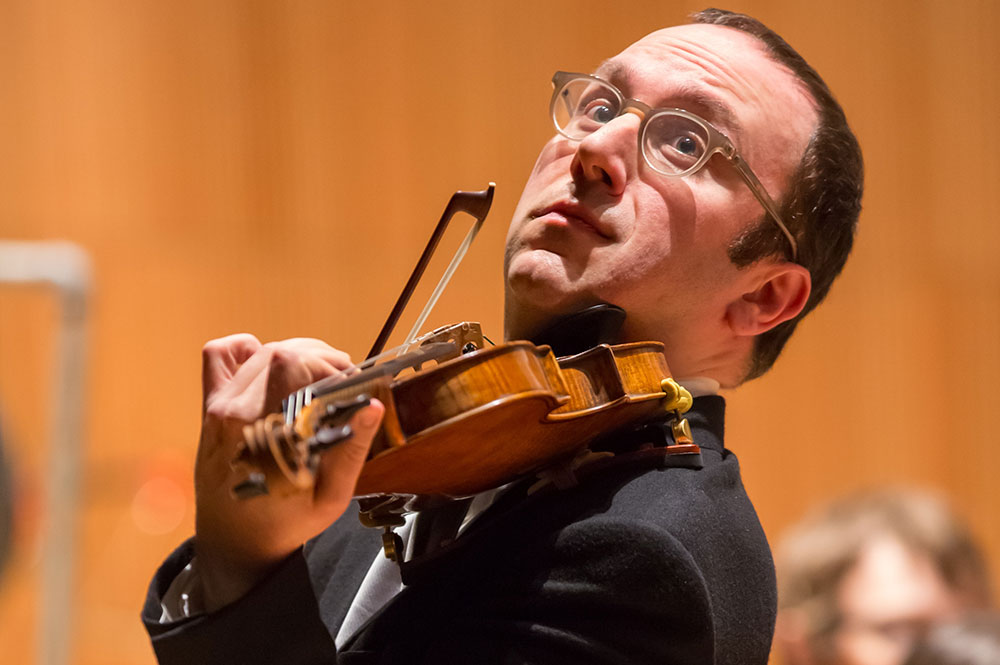 |
Brick Church | January 19, 2013
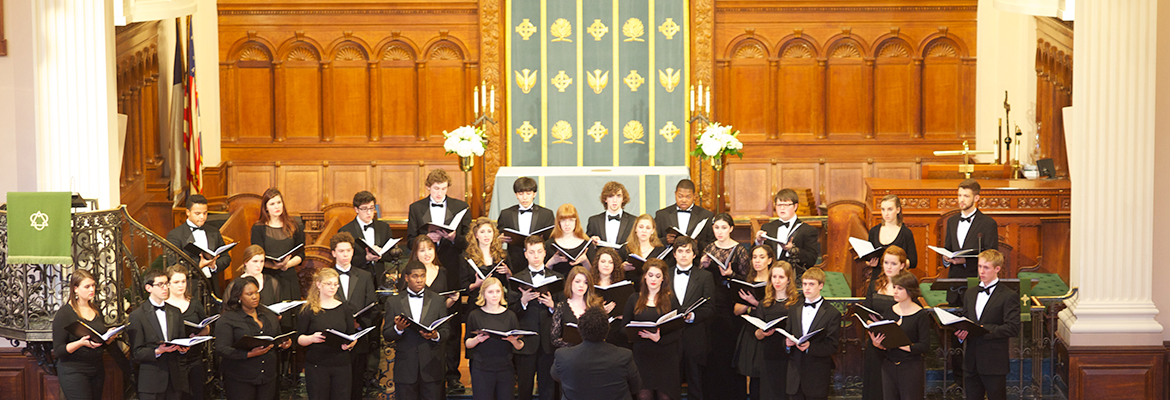
Oberlin College Choir and Oberlin Baroque
When Kate Shuldiner wasn't performing with Oberlin Baroque and the Oberlin College Choir, she was probably back in her hotel room, retuning her temperamental, 200-year-old viola da gamba or snoozing while her fellow musicians soaked in the sights of New York. “It was a big performance for me, so it was a little bit nerve-wracking,” says the senior from Chicago.
But on the afternoon of January 19, Shuldiner’s singular focus paid off in a stunning rendition of Bach’s Sonata in G Minor, part of an exemplary performance by both ensembles.
“Being baroque musicians in this day and age can be a tough thing, because we don’t get that many opportunities to play,” says Shuldiner, who seems to be making her way just fine: She’s already lined up a series of post-graduation performances in her hometown.
 |
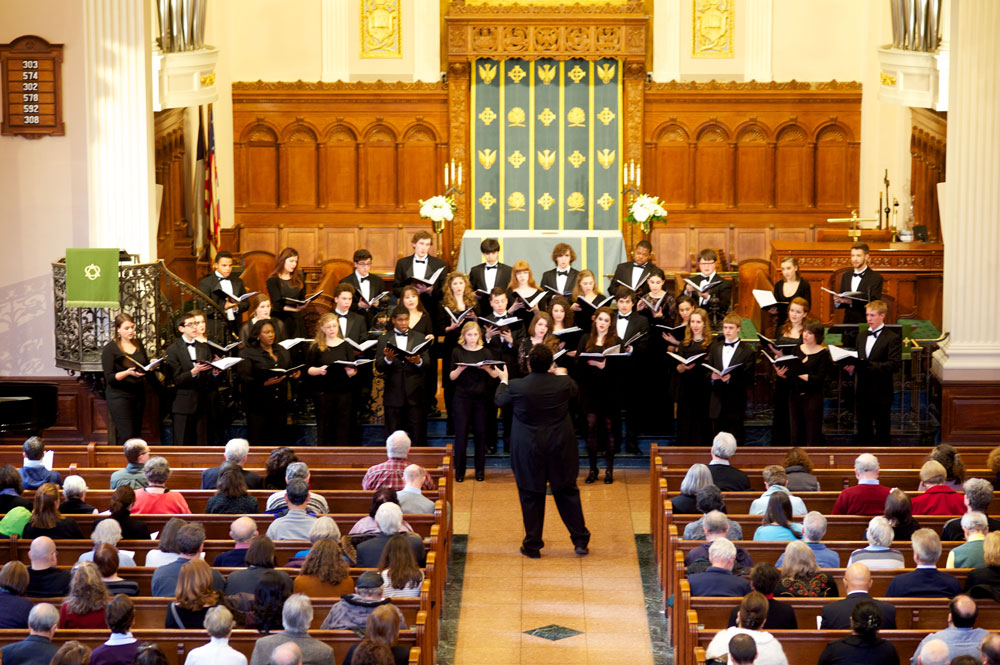 |
 |
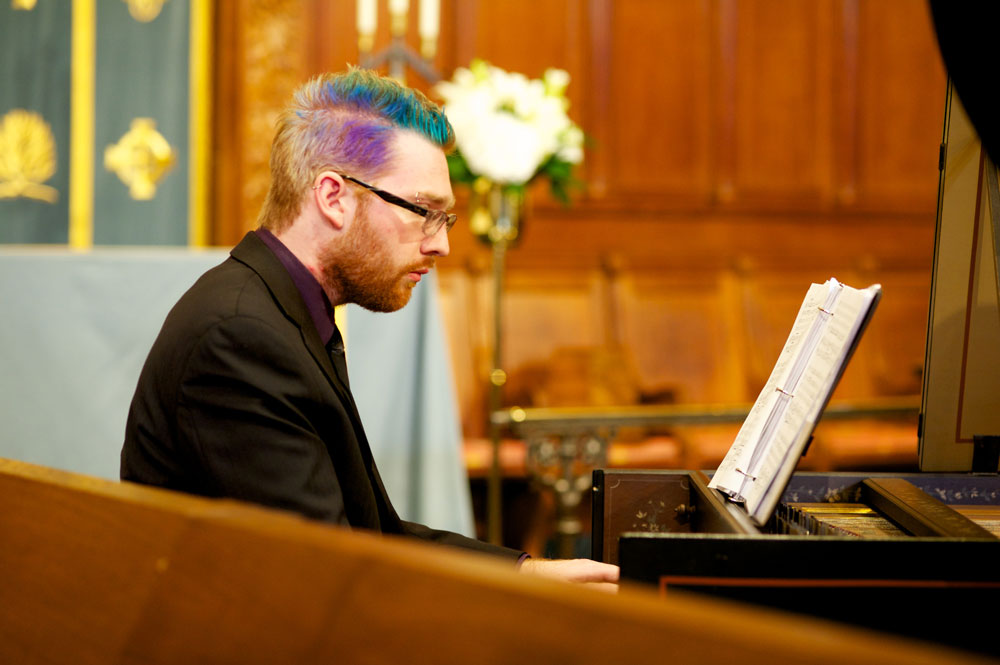 |
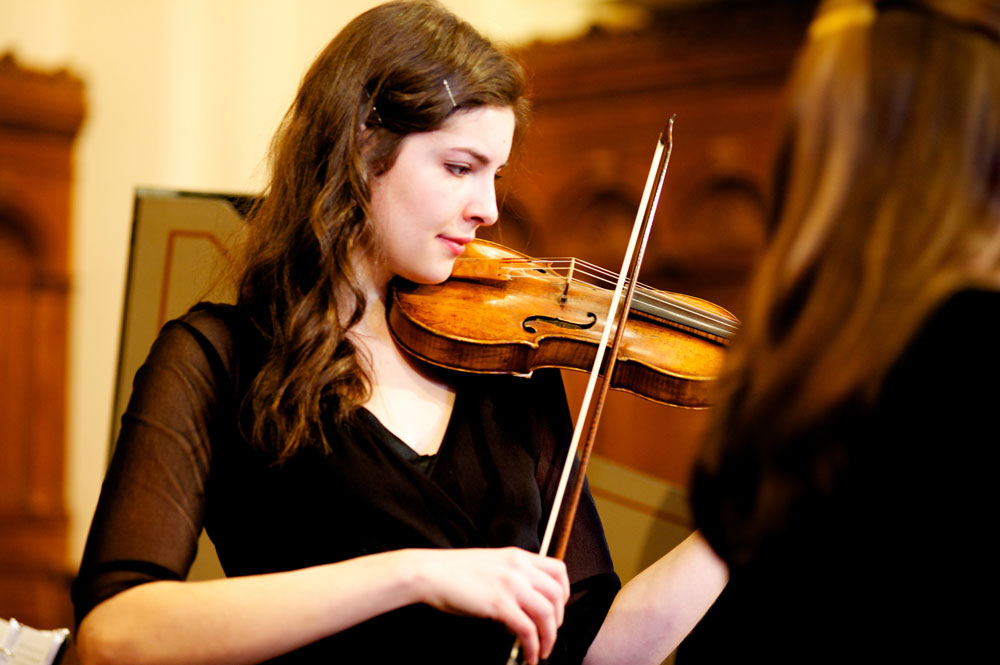 |
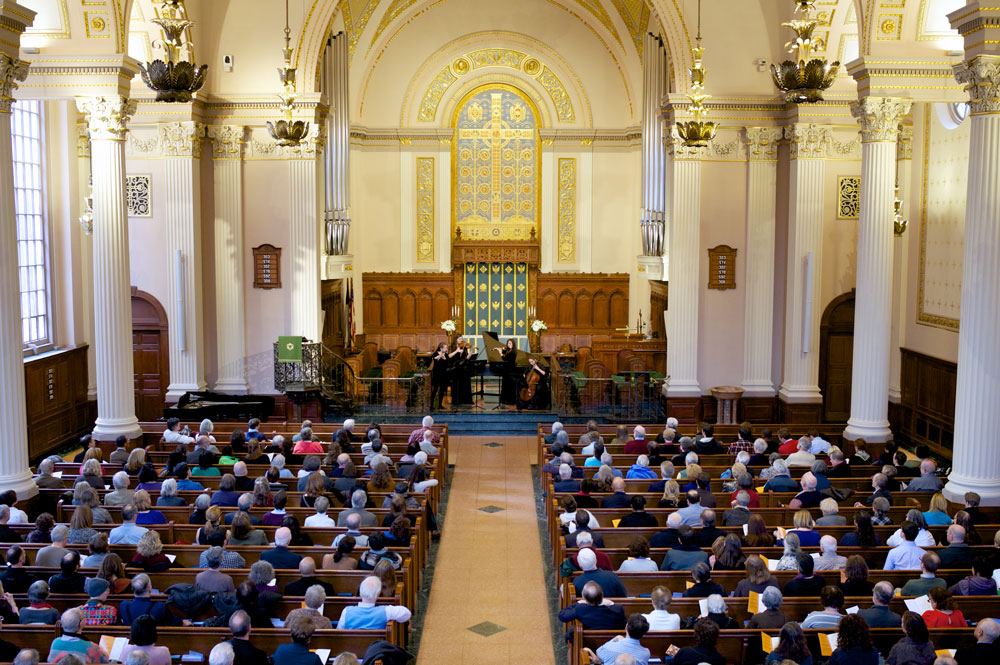 |
Carnegie Hall | January 19, 2013
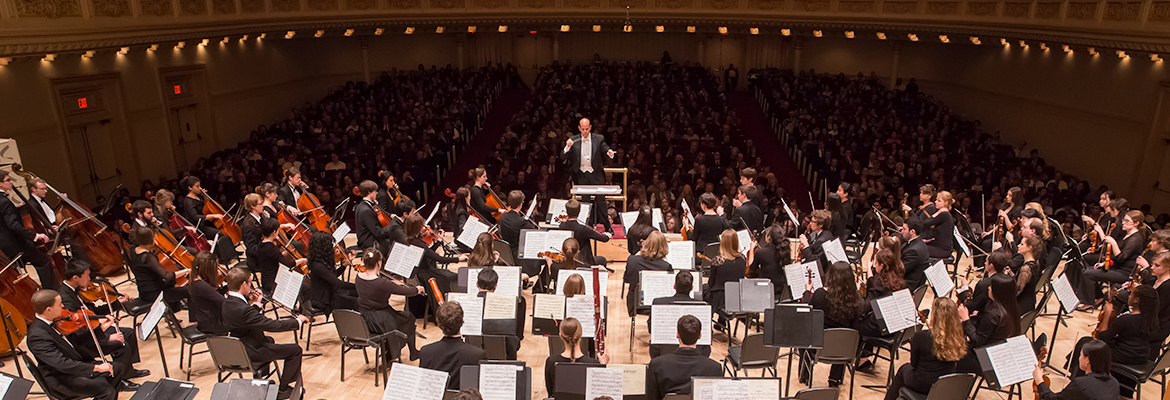
Oberlin Orchestra with Jeremy Denk '90
It was no coincidence that the Oberlin Orchestra’s engagement at Carnegie Hall opened with La Valse, Maurice Ravel’s 1920 ode to the waltz.
“I purposely selected a repertoire that was going to make very clear the artistic level of our students,” says conductor Raphael Jiménez.
A flawless La Valse was followed by Piano Concerto in C Major K. 467 by Mozart, Iscariot by Christopher Rouse ’71, and The Firebird by Stravinsky—another challenging work that, like La Valse, made its u.S. premiere at Carnegie Hall a century ago.
In the weeks leading up to the tour, the performers toiled feverishly amid the slumber of winter term, rehearsing daily—and then twice a day—until nerves were supplanted by certainty in the mis- sion that lay ahead, till at last they were ready for the world’s grandest stage.
“You don’t have to believe in miracles,” Jiménez recalls telling them moments before the first notes were struck.
“We only do this one more time. It’s time to celebrate.”
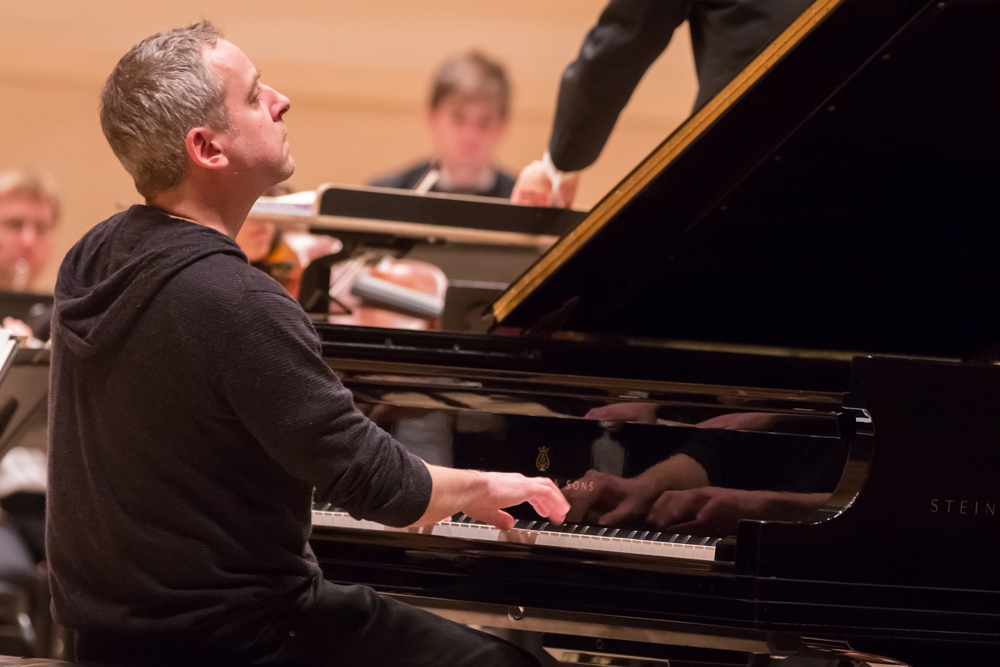 |
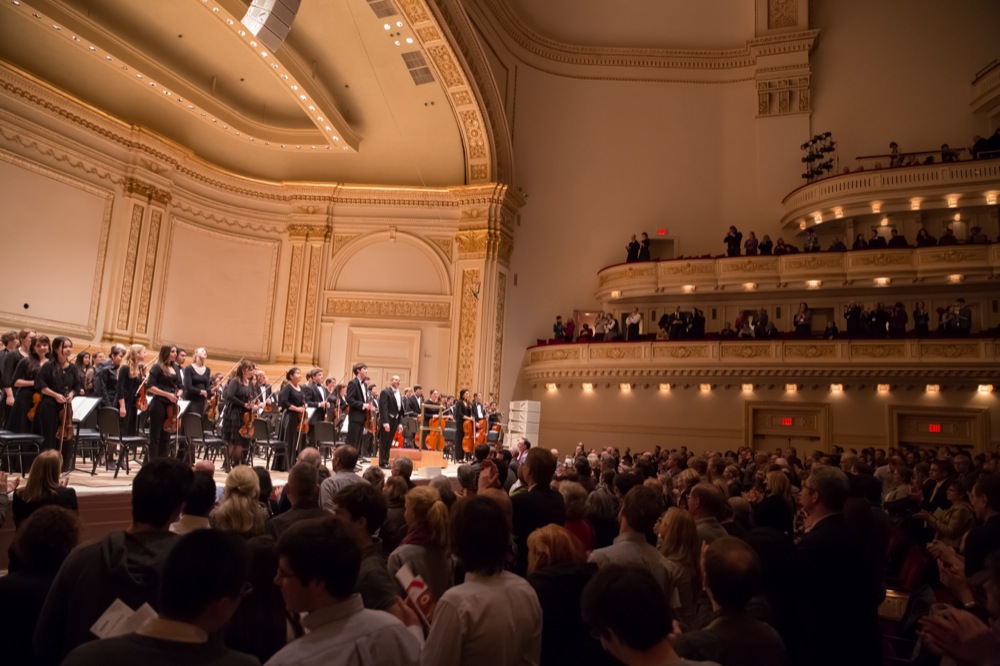 |
 |
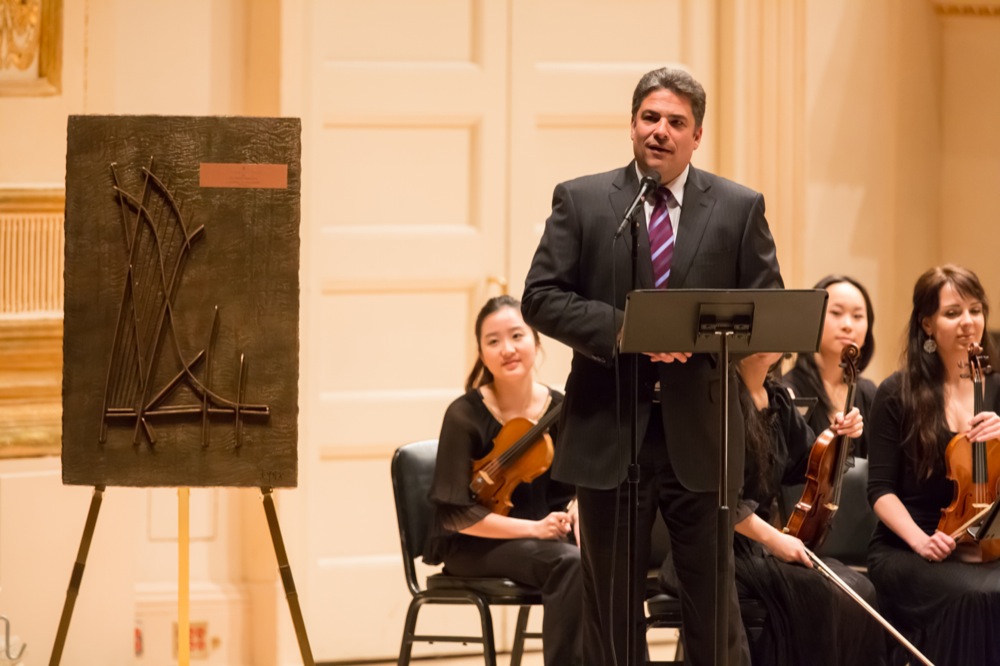 |
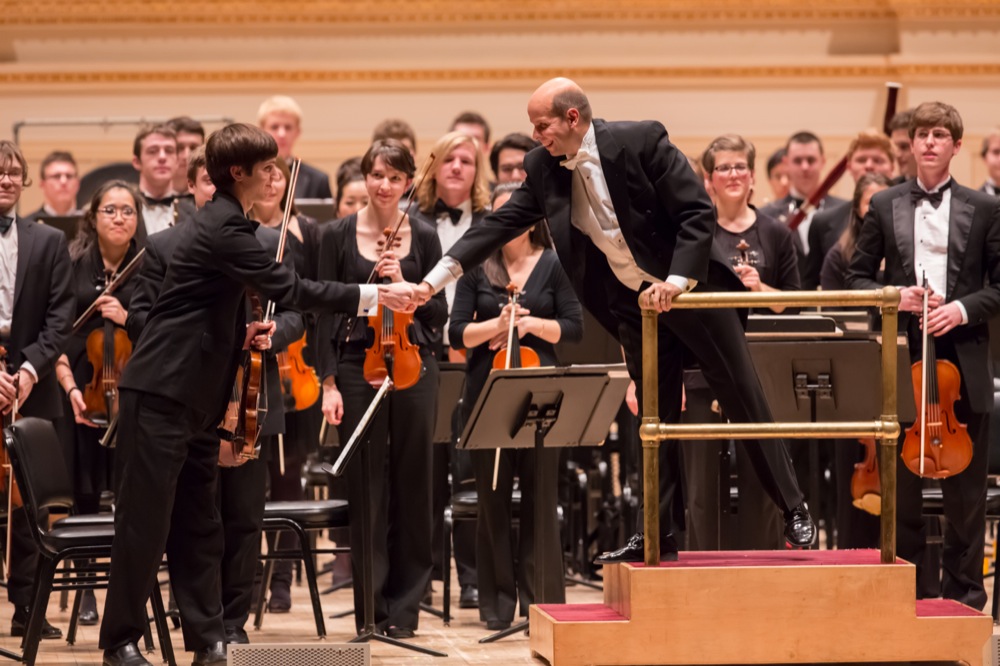 |
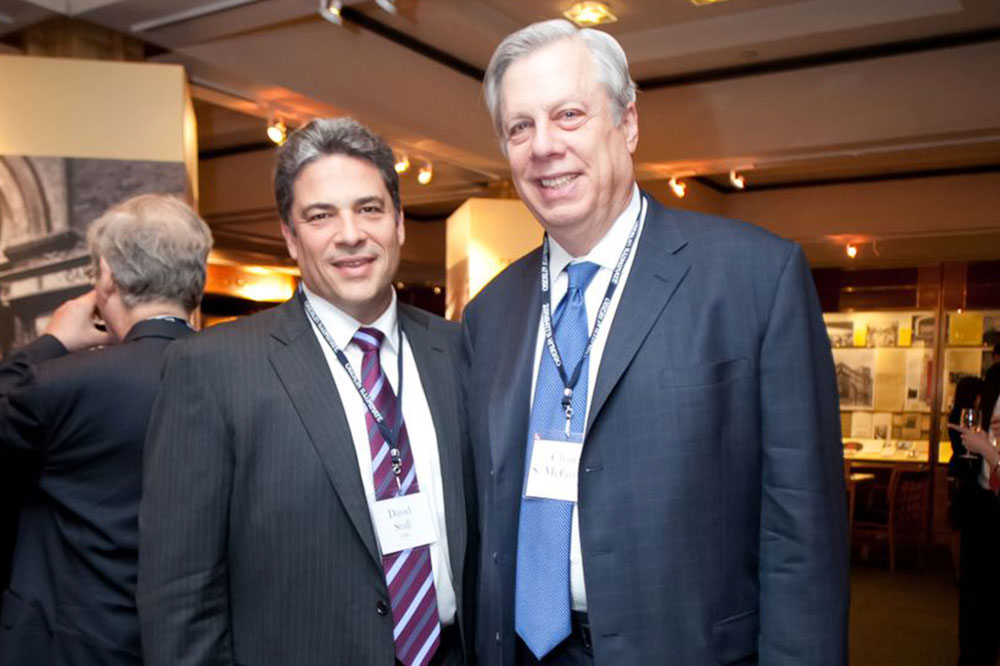 |
